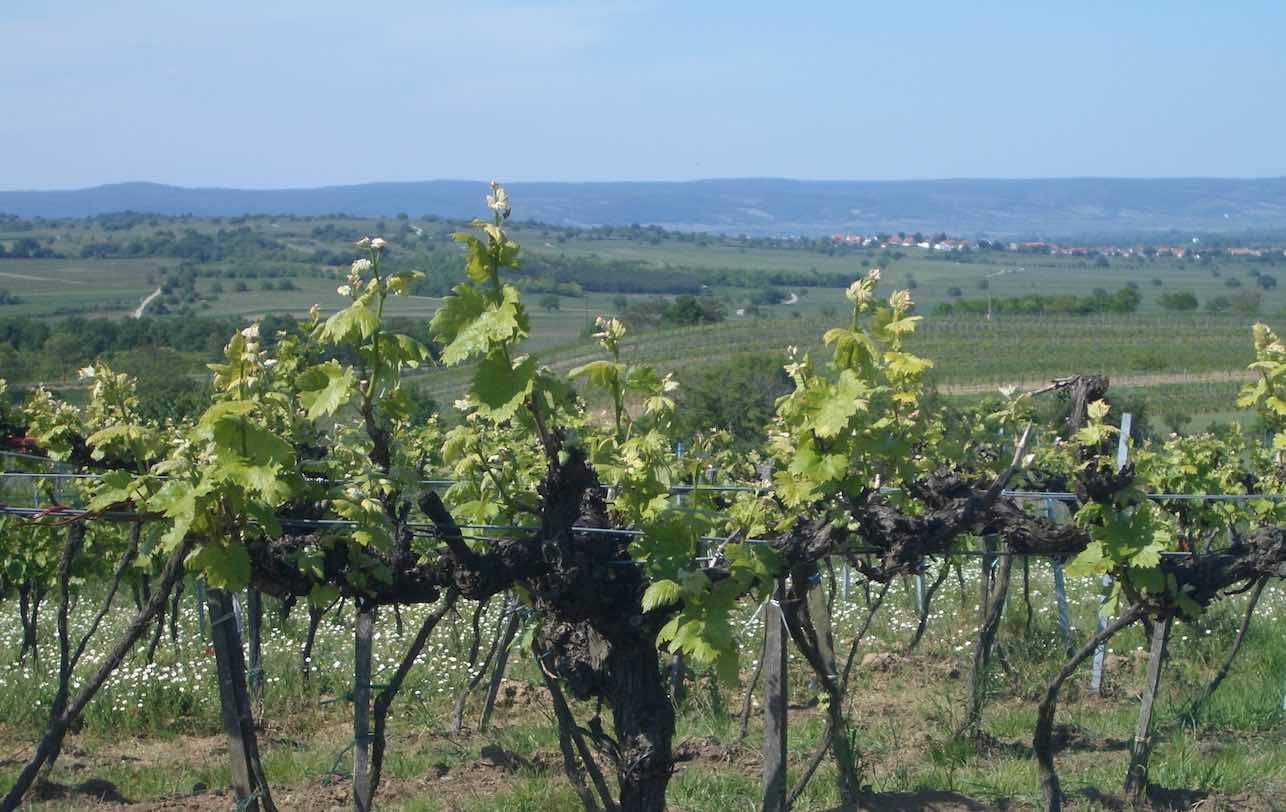
Tokaji or Tokajer, once very popular with European royal families, came into the focus of western investors shortly after Hungary’s political change, who hoped to be successful with a renaissance of Tokajer. For example, the French insurance group AXA Millésimes took over the long-established, well-known Disznókő winery in 1992. Whether this had an influence on the quality of the Tokaji Aszú 6-Puttonyos 1993 tasted from the winery remains to be seen.
 The Friulian DOC Colli orientale, like the DOC Collio, only came into focus in the 1970s, when both entered the wine market with large quantities of cool-fermented, fresh, fruity and aromatic white wines. This was mainly because the wines were made from internationally known varieties, especially Pinot Grigio, Chardonnay and Sauvignon Blanc. In the 1980s, international red wine varieties such as Merlot, Cabernet Sauvignon, Cabernet Franc and Pinot Noir were increasingly planted in order to better position themselves internationally in the red wine sector.
The Friulian DOC Colli orientale, like the DOC Collio, only came into focus in the 1970s, when both entered the wine market with large quantities of cool-fermented, fresh, fruity and aromatic white wines. This was mainly because the wines were made from internationally known varieties, especially Pinot Grigio, Chardonnay and Sauvignon Blanc. In the 1980s, international red wine varieties such as Merlot, Cabernet Sauvignon, Cabernet Franc and Pinot Noir were increasingly planted in order to better position themselves internationally in the red wine sector.






